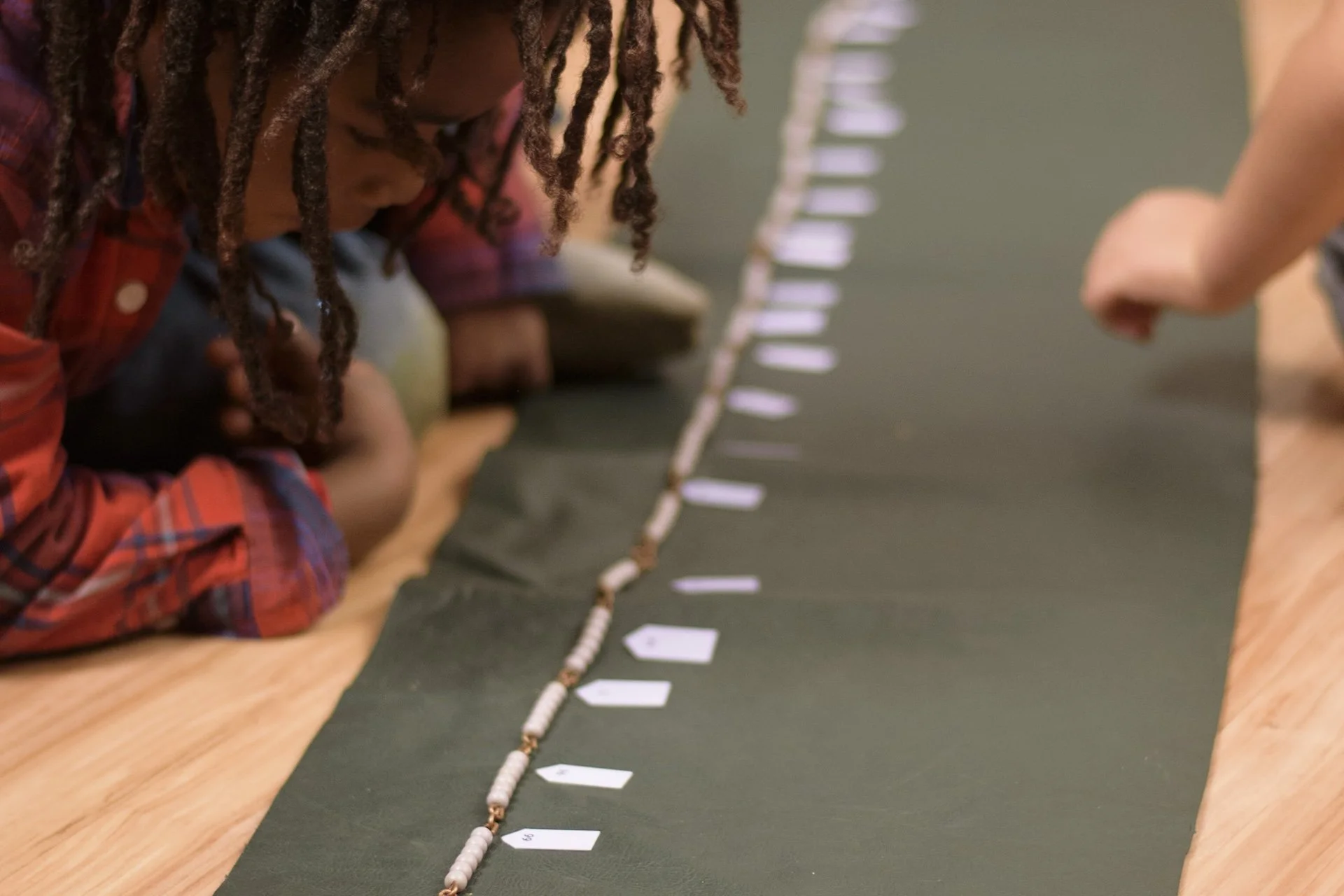Over the past several months, there has been a disturbing increase in hateful actions toward people of Asian descent. Most of us watch the news in horror, and while we disagree with what’s happening, it can be hard to know what actions to take.
We believe one of the most powerful social justice actions parents can take is to instill positive values in our children. Kids are never too young to learn about acceptance, equity, and the beauty in humanity’s differences.
This is why we would like to share this very special book list: A Celebration of Asian Heritage and Culture. Children’s books should be both a reflection of who they are and their life experiences, but also an illuminating peek into the lives and experiences of others. No one explains this better than children’s author Grace Lin.
Hush! A Thai Lullaby by Minfong Ho, illustrated by Holly Meade
A Thai mother and her gentle exasperation plead with various animals to please stay quiet as her baby sleeps. They stomp and shriek past her home, and she meets each one in turn asking them to hush. Finally, as the moon rises above them, she falls asleep with her head resting on the windowsill, with (of course) her smiling and wide-awake baby beside her.
Round is a Mooncake: A Book of Shapes by Roseanne Thong, illustrated by Grace Lin
Round, square, rectangle...young children love to notice shapes around them in their everyday lives. The main character in this book is no exception. A beautiful blending of her family’s heritage and their modern life, she notices shapes in traditional Asian items as well as everyday ones that we are all familiar with.
We Are Inspiring: The Stories of 32 Inspirational Asian American Women by Angel Trazo
Author/illustrator Angel Trazo created this book to celebrate Asian heritage while being accessible to multiple age groups. Perfect for upper elementary students to read on their own, it can also be used as a read aloud book for younger children.
Suki's Kimono by Chieri Uegaki, illustrated by Stéphane Jorisch
Suki is so excited to wear her new kimono on the first day of school. It was given to her by her obāchan and she has such fantastic memories attached to it! Besides, it’s beautiful and it shows who she is. With her sisters admonishing her choice of attire and pretending they don’t know her the whole way to school, and with some of her classmates teasing her, Suki holds her head high and takes an opportunity to tell the story of her kimono. Her bravery and strength pay off in the end, and Suki dances her way home after school.
The Name Jar by Yangsook Choi
Unhei and her family have just moved to the United States from Korea. After an embarrassing moment on the schoolbus involving a boy making fun of her name, she tells her classmates that she doesn’t have a name and needs to choose one. They all get to work helping her decide on one, until one girl discovers Unhei’s real name. The class works together to learn to pronounce it correctly, and Unhei is finally able to feel comfortable as her true self.
The Year of the Dog by Grace Lin
A perfect book for upper elementary-aged children, The Year of the Dog is the first in a three-book series that follows Pacy, a Chinese American girl. She navigates many typical coming-of-age events that are faced by most children, while simultaneously figuring out her identity that is often stretched between two worlds.
In the Year of the Boar and Jackie Robinson by Bette Bao Lord
Young Bandit lives in China with her mother, cousins, grandmother, aunts, and uncles. The only one missing is her father, who has traveled abroad to seek out his fortune. One day, he sends for Bandit and her mother, who leave the family behind and make the long journey to Brooklyn. Before leaving, Bandit is asked to choose a name, and she chooses to call herself Shirley Temple. In Brooklyn, she can’t speak English and feels lost and out of place - until she discovers Jackie Robinson. Her new hero doesn’t exactly fit in either, but he inspires her to thrive in her new home.
Green Lantern: Legacy by Minh Le, illustrated by Andie Tong
This is a great option for graphic novel lovers! There are elements of adventure, superheroes, honoring ancestors, and figuring out one’s place in the world. What could be more perfect for upper elementary and early middle schoolers?
Inside Out and Back Again by Thanhhà Lai
Told in gorgeous lyrical poetry, Inside Out and Back Again is based on Thanhhà Lai’s own childhood. She and her family lived in Vietnam during the war, and were eventually forced to flee, moving across the world to Alabama in the United States. But being in a new country, with her father missing in action, is the type of challenge no child should have to face. Sadly, it is the tale of many refugees around the world and throughout history, and an important story for us all to learn from. A National Book Award Winner and a Newbery Honor book, both upper elementary and middle school students would appreciate reading this.
The Great Wall of Lucy Wu by Wendy Wan-Long Shang
Lucy is a Chinese American girl who is headed into the sixth grade and loves basketball. With her sister Regina heading off to college soon, Lucy is eagerly anticipating the day she can have a room to herself...until it doesn’t quite work out that way. Regina (who speaks perfect Chinese and adores every aspect of her family's customs) does leave, but their grandmother’s friend comes for an extended stay - in Lucy’s room. She expects her year to be completely ruined, but readers can expect a few surprises.






